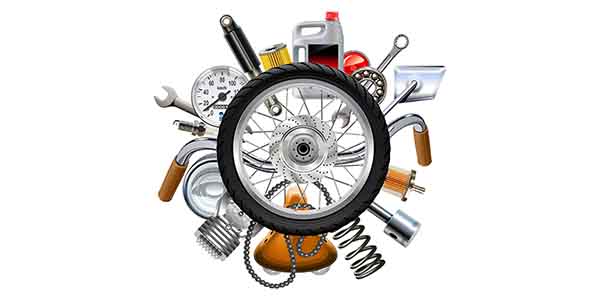Selling, when done right, is more about your mindset and tools than the actual product you’re selling. Sure, there are about a million ways you could go about this, but for me, it’s about fixing your money mindset first, then learning how to sell solutions. It’s not just answering questions or kicking a problem down the road.
When I got started in this industry over 10 years ago, I was terrible at selling. I was so bad that I would actually talk customers out of the sale! It was like I was trying to manage their money for them. This was super scary, because this was when my husband Ben and I owned our dealership. If I wanted a paycheck, I needed to sell.
I know I’m not that unique when it comes to running a small business, so instead of continuing to lose sales and hurt our business and paychecks, I focused on changing my money mindset. That led me to recognize that my job as a good salesperson is to make sure I’m not putting my own limiting beliefs or assumptions on the customer. When a customer comes in, instead of trying to sell to that person, start with asking questions without a dollar figure in mind.
For example, if a customer comes in asking for an oil filter, instead of just selling him or her a $10 part, follow up with, “Are you doing a service?” Then, take the conversion from there. Most of my sales that could have started and ended at $10 turn into $300 or more just based on a few questions.
With just that one skill, you can serve customers, save them time and make more money. Plus, you get to be anchored into their mind as someone who actually cares and is trying to make their life a bit easier. No one likes to get home only to remember that they didn’t get the oil with the filter and have to drive back to the dealership.
I mentioned saving customers time. This is a huge tool that is underutilized in service and sales. Most of those low-hanging fruit sales can be captured at the intake process or by having a checklist that the staff uses to make things consistent. Customers’ time is probably more valuable than their money at this point. You want to be the person that, by asking a few questions, can find out if they need a service or have other low-hanging frustrations that they need to take care of. By doing that over and over again, you can build trust super fast, which leads to referrals.
Some people call this active listening. I just look at it as the basic requirements of doing a good job. I’m not a fan of setting low standards. Instead, I’d rather create a floor and clearly define our minimum expectations on how we take care of customers.
But you might be wondering how selling time translates into actual money. One of the best decisions our service department made was offering pickup and delivery. Yes, our department charges for it, but within a year, it became such a profitable service that we had to create a new job and have a dedicated driver for the department — all because we offer a service to make time a priority. That was over five years ago.
It also helped increase our bookings and made it so that we got service units out faster too. Instead of a customer saying, “I can’t get my machine for another week — I don’t have a trailer,” we could counter and say, “We offer pickup and delivery; its only $X.” Ninety-nine percent of the time, that little upsell made it a no-brainer for customers to say yes. It saved them time and got us paid more quickly.
That’s the point of all of this. We should expect our staff and teams to provide solutions that make it easy for people to buy from us. We should be reducing the friction in the selling process and leave people feeling taken care of and valued. They need to be able to trust that the process is going to be the same over and over again. If they buy from us a year from now, we won’t have major changes to the process — or worse, not have a process at all and constantly do everything different every single time.













